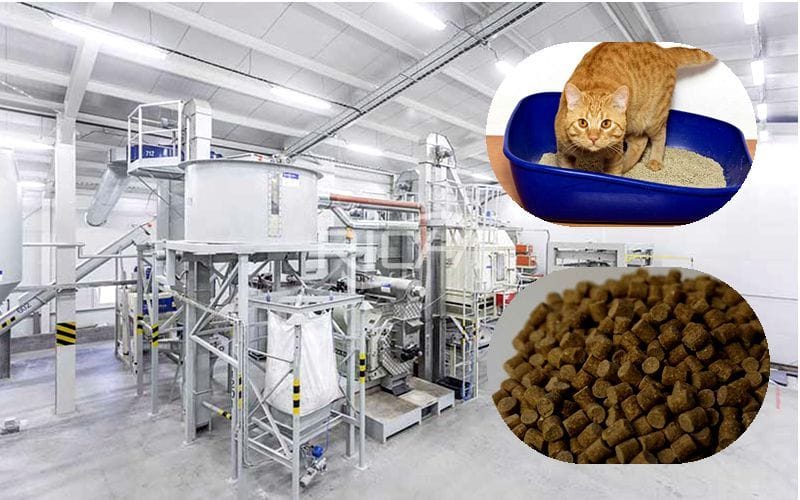
Cat litter may seem simple, but the process of making it is a blend of precision, science, and innovation designed to create a comfortable experience for cats and a clean home for owners. Each bag of litter undergoes a series of steps to ensure it clumps effectively, controls odor, and is safe for your feline friend. Let’s look at how this everyday product is crafted with care.cat litter factory
Step 1: Sourcing Quality Raw Materials
The process begins by selecting the right materials. Most cat litters are made from bentonite clay, chosen for its clumping properties and absorbency. Silica crystals, recycled paper, and wood are also used to make alternative types of litter. Each material is selected based on its unique benefits, from odor control to eco-friendliness. Factories ensure that the raw materials are high-quality and suitable for pets.
Step 2: Crushing and Grinding
Once the raw materials arrive, they go through a grinding process that breaks them down into granules. This step is essential because the size and texture of the litter particles impact clumping, absorption, and ease of use. Factories use high-precision machinery to create uniform particles that provide a satisfying texture for cats to dig in.
Step 3: Dust Extraction
One of the top priorities for cat litter manufacturers is dust reduction, as too much dust can irritate both cats and their owners. Factories implement advanced dust-removal systems that filter out fine particles, resulting in a low-dust product. Premium litters may undergo additional filtration to achieve “dust-free” quality, making the product safer and more comfortable.
Step 4: Adding Performance Enhancers
For clumping litters, the ground material is mixed with binders that help the granules stick together when they come into contact with moisture, forming tight clumps. Factories also add odor-control ingredients such as activated charcoal, baking soda, or natural plant extracts to neutralize unwanted smells. Some litters include a mild fragrance, while others are unscented for more sensitive cats.
Step 5: Quality Control and Testing
Every batch of litter undergoes rigorous testing to ensure it meets standards for clumping, dust control, odor neutralization, and consistency. Some manufacturers even conduct trials with real cats to evaluate the litter’s comfort and effectiveness. This quality control process ensures that each bag of litter performs reliably, giving pet owners confidence in their purchase.
Step 6: Packaging and Storage
Once the litter passes quality checks, it’s packaged into bags or boxes of various sizes, catering to households with one cat or many. Packaging is often designed with features like resealable tops and easy-to-carry handles. Durable packaging helps preserve the litter’s freshness and prevents spills, ensuring a tidy experience from store to home.
Step 7: Distribution and Delivery
After packaging, the litter is distributed to stores and online retailers worldwide. Pet owners have access to a variety of types, from clumping to non-clumping, scented to unscented, and standard clay to biodegradable options, providing a choice for every preference and cat’s needs.
Bringing Comfort to Cats and Cleanliness to Homes
The journey of cat litter factory from raw material to finished product involves a great deal of care and attention to detail. Each bag represents a commitment to quality, safety, and comfort for pets and owners alike. So the next time you pour fresh litter into the box, remember the thoughtful process behind it—from the high-quality materials to the dust-free granules designed to make pet care cleaner, easier, and more comfortable for everyone involved.